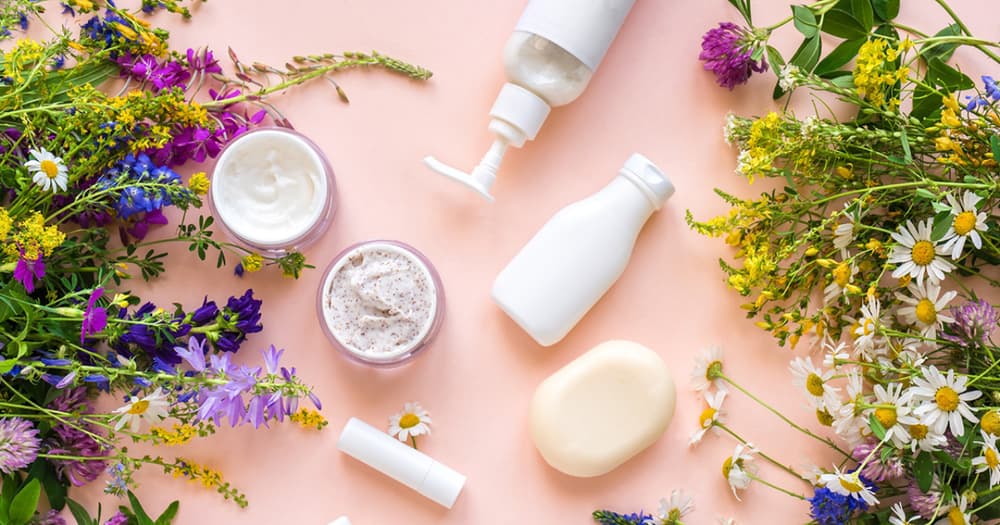From drugstore aisles to influencer routines, “clean beauty” is everywhere. But as brands race to slap “non-toxic” on labels, skeptics are asking: is this a genuine health revolution—or just savvy marketing dressed in eco-green?
Clean Beauty Under Scrutiny: Is "Non-Toxic" Just a Buzzword?
Written by Sumit Kaushik

The clean beauty revolution came in reaction to an increased awareness about toxic chemicals found in personal products. Consumers themselves were more conscious of their health than ever and started questioning what went into their moisturizers, lipsticks, and shampoos.
"Non-toxic," "paraben-free," "natural," and "chemical-free" are the buzzwords now taking over the shelves. The promise: safer, less-complicated skincare and makeup.
But here's the catch: these words aren't regulated. So while brands capitalize on our toxic fear, science has a different tale to tell.
What Does "Non-Toxic" Even Mean?
Astoundingly, "non-toxic" isn't a legal or scientific term in cosmetics. Unlike food or pharmaceuticals, the U.S. FDA (and even most international organizations) doesn't require strict regulation of cosmetic ingredient labeling.
Myth: If it's sold in stores, it must be safe.
Reality: Most products are self-pulled by companies and only removed if there are complaints.
The use of the word "non-toxic" tends to create the impression that other products are toxic, fueling unwarranted fear and deceiving consumers.
Greenwashing in the Beauty Industry
Greenwashing is when companies make false environmental or health claims to attract environmentally friendly consumers. In clean beauty, this tends to manifest as:
Emphasizing "free-from" lists (e.g., "No sulfates! No phthalates!") while adding equally problematic substitutes.
Employing botanical imagery and recyclable-appearing packaging with minimal sustainability to back it up.
Promoting "natural" ingredients as safer by nature—when certain synthetic compounds are more studied and stable.
"Natural isn't always safe. Arsenic is natural. So is poison ivy."
— Dr. Michelle Wong, cosmetic chemist
Are Traditional Products Really Hazardous?
Clean beauty tends to vilify ingredients such as:
- Parabens (preservatives)
- Sulfates (cleansing agents)
- Phthalates (plasticizers)
- Synthetic fragrances and dyes
But many of these have been extensively tested in controlled levels:
Parabens, say, are powerful and usually safe in small quantities. Research correlating them with cancer tended to use unrealistic amounts.
- Sulfates can dry out, but are not toxic by nature.
- Fragrance sensitivity exists—but not across the board.
- The fear is more a product of viral headlines, influencer testimonies, and old studies.
The Science Speaks: It's About Dose and Exposure
Toxicology 101: "The dose makes the poison."
Even water is toxic in large amounts. What is important is:
- How much of a chemical is there
- How frequently it's used
- Where it's used (lips, eyes, skin)
- Whether it's absorbed into the system
- Most conventional personal care products are well below safe exposure levels. Reducing one drop of a chemical to causing cancer too often discounts real-life circumstances.
So What Is Worth Paying Attention To?
Clean beauty is not all smoke and mirrors. There are valid reasons for using cleaner products, including:
Reducing exposure to fragrance allergens, especially for sensitive skin.
Avoiding preservatives if you’ve had prior reactions.
Seeking cruelty-free, vegan, or sustainable packaging for ethical or environmental reasons.
Choosing mineral sunscreens for reef safety.
But it’s about informed choices, not blanket fear.
Conscious Beauty > Clean Beauty
Rather than chase every “clean” label, shift to conscious beauty—an approach grounded in:
- Transparency
- Ingredient education
- Ethical sourcing
- Personalized needs (not viral trends)
Clean beauty shouldn’t be about fear—it should be about empowerment.
How to Navigate the Clean Beauty Maze
Read Ingredient Labels, Not Just Labels – Apps such as INCI Decoder and EWG Skin Deep can assist.
Understand Your Skin Type – Some "clean" products are too rich or irritating for some skin types.
Patch Test Always – Even "natural" ingredients may trigger reactions.
Support Companies That Back Up Claims – Check for transparency, third-party testing, and science-based formulations.
Last Takeaway: Don't Fall for the Scent of Fear
"Clean beauty" began as a grassroots consumer movement towards safety and transparency—but along the way, it devolved into a marketing frenzy. Although the movement asked some great questions, the answers aren't always simple.
Not all lab-created ingredients are bad, and not all plant-based items are your friend.
What's most important is what works for you, is good for your skin, and is in line with your values—not what's popular on TikTok.